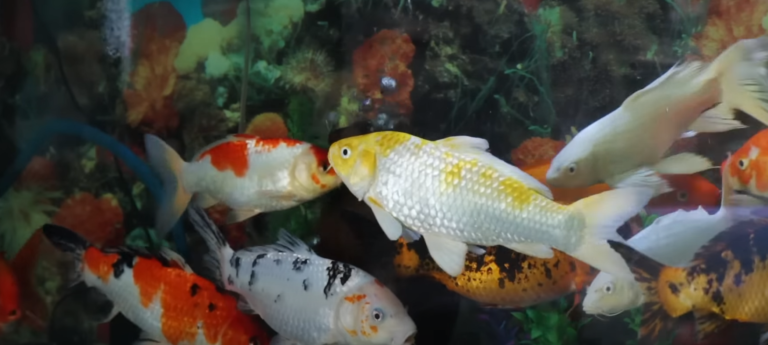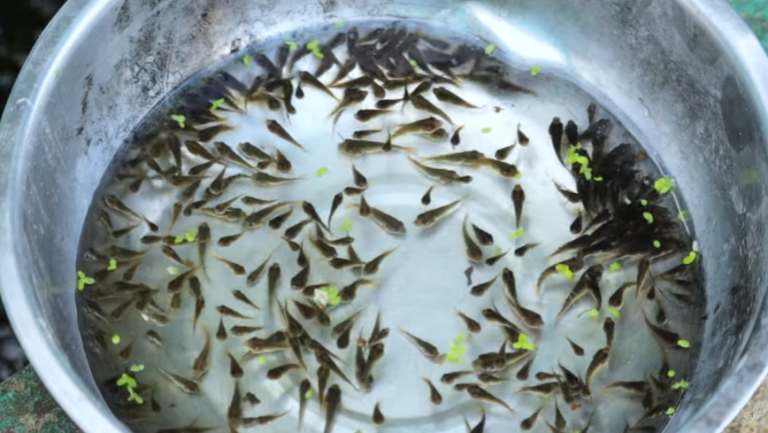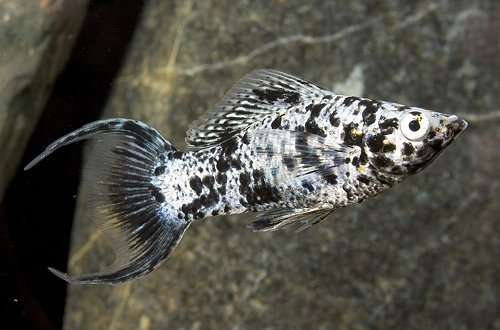Catfish Farming Business, Millions of Profit! Sorting catfish fingerlings to avoid cannibalism!
Hello, dear readers! It’s a beautiful day once again, and I am thrilled to have you back on Dexter’s World channel. Every time I start a video or article, I always begin with, “It’s a beautiful day,” because no matter the weather, be it gloomy or rainy, we can always find a way to make it productive.

Today, we are going to venture into a world that many have grown to love – the world of catfish farming. Yes, our beloved koi and goldfish have their place, but there’s an ever-growing fascination with catfish that we can’t ignore.
Why Catfish Farming?
Many of you may have observed that catfish farming has been on the rise. People are starting to grow them in small tanks in their backyards. They are not just doing this for business, but also for personal consumption. And there’s a reason behind this trend. Catfish farming, when done right, can be very rewarding.
Steps to a Successful Catfish Farming
- Regular Sizing: The success of our catfish farming depends largely on segregating them according to size. The bigger ones tend to eat the smaller ones. To ensure a successful harvest, it is crucial to segregate them regularly.
- Natural Breeding: We prefer natural breeding methods over artificial ones. Using hormones and other artificial methods can sometimes jeopardize the quality of your produce. Ensure that your breeders are at least two years old, segregate the males from the females, and always ensure good water quality in the breeding tanks.
- Feeding: Our main diet for the catfish is azola, a natural food source. While we do give them pellet food as a snack, azola remains their primary food. This not only cuts down costs but also ensures that our fish are fed organically.
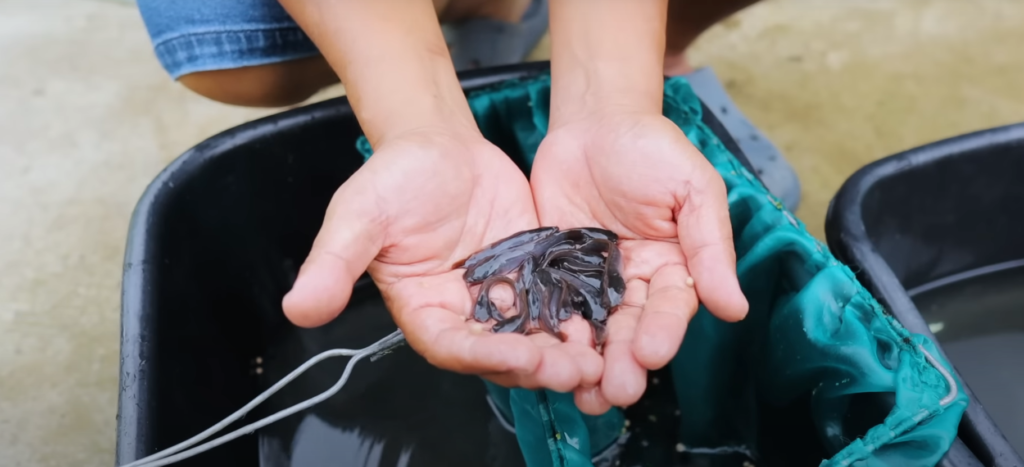
Challenges and Adjustments
While catfish farming is promising, like any venture, it’s not without challenges. One of the biggest challenges is cannibalism. If you don’t segregate them by size, the bigger ones will eat the smaller ones, which could result in a loss of up to 80% to 90% of your produce.
However, always remember, in life and in business, adjustments are crucial. The key is to adapt to the market’s demands. If catfish are in demand, breed catfish. If ornamental fish are in demand, cater to that market. It’s all about striking a balance between supply and demand.

Final Thoughts
The beautiful journey of farming, whether it’s catfish, goldfish, ornamental fish, chickens, or rabbits, is one filled with learnings, challenges, and immense rewards. It’s about understanding nature, adapting to changes, and maximizing output in the most natural ways possible.
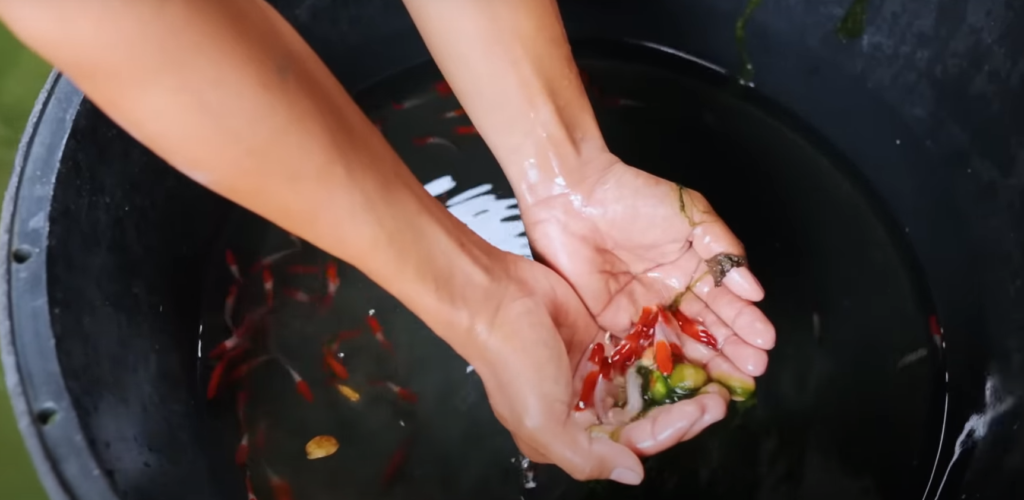
For all the enthusiasts and hobbyists out there, I encourage you to delve deeper into the world of farming. Subscribe to Dexter’s World for more insights, tips, and information. Together, let’s grow a community that thrives on sustainable practices, natural methods, and the joy of farming.
Till next time, always remember, every day is a beautiful day here at Dexter’s World. Stay inspired, stay natural, and happy farming!




